CHAKRAS + KABBALAH
Kabbalah and chakras reflect models of consciousness evolution; they are, in a way, maps or schemes representing human development.
A fundamental difference with Kabbalah is the seven types of psychological qualities it uses to describe personal characteristics. While chakras present a unique design for all human beings, regardless of their personality style, Kabbalah allows, through numerological calculation, to typify the psychological type of each Being.
The proposal presented here allows the unification of these two disciplines to obtain an individualized chakra scheme for each person, helping you understand the magnitude of your energies and how they influence the expression of your aura.
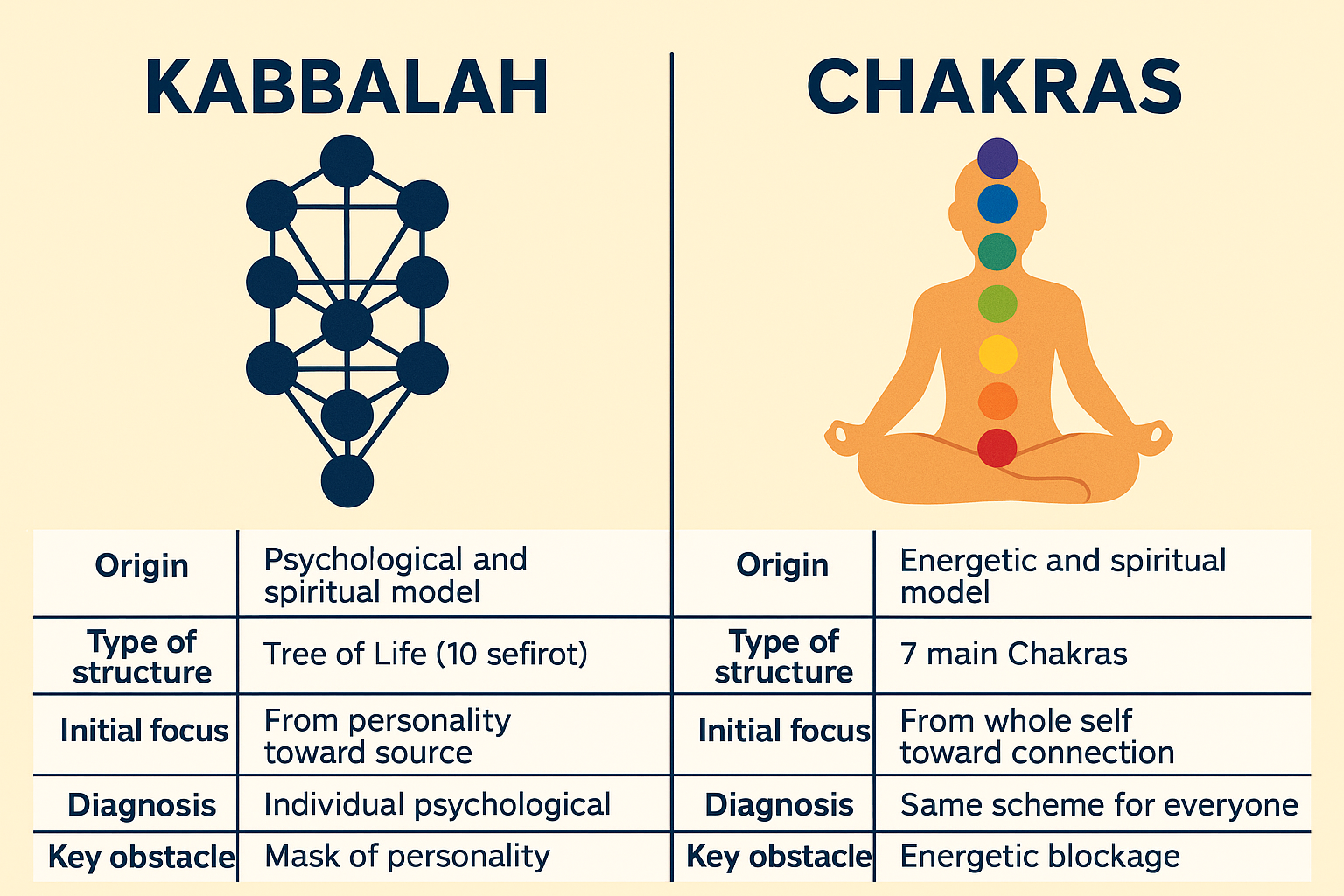
Origin of Kabbalah and Chakras as Energy Centers
Kabbalah approaches from the psychological or personal level, as a generator of one’s personality. As we grow, we shed the mask of personality to evolve toward unity with the Source. Along life’s path, the human being traverses other evolutionary levels such as the transpersonal level—where we connect with others—and the spiritual level, which transcends the physical realm by dissolving the ego to unify with the universal.
The chakra system proposes a reverse model: it focuses primarily on the energetic field of the Self. Each human being is viewed as a being of light fully connected to the whole. The lack of connection with the self-realized Being is then explained by the blockage or “clogging” of the energy centers.
The 7 Chakras of the Human Being
Each person is called to develop certain potentialities; to do so, they must begin the process of integrating their chakras. By opening each chakra, one allows personal energy to flow, thereby progressing in maturity, detachment, and mental openness.
Life challenges us to overcome the psychological obstacles that block each chakra, to flow freely. But how do chakra blockages manifest?
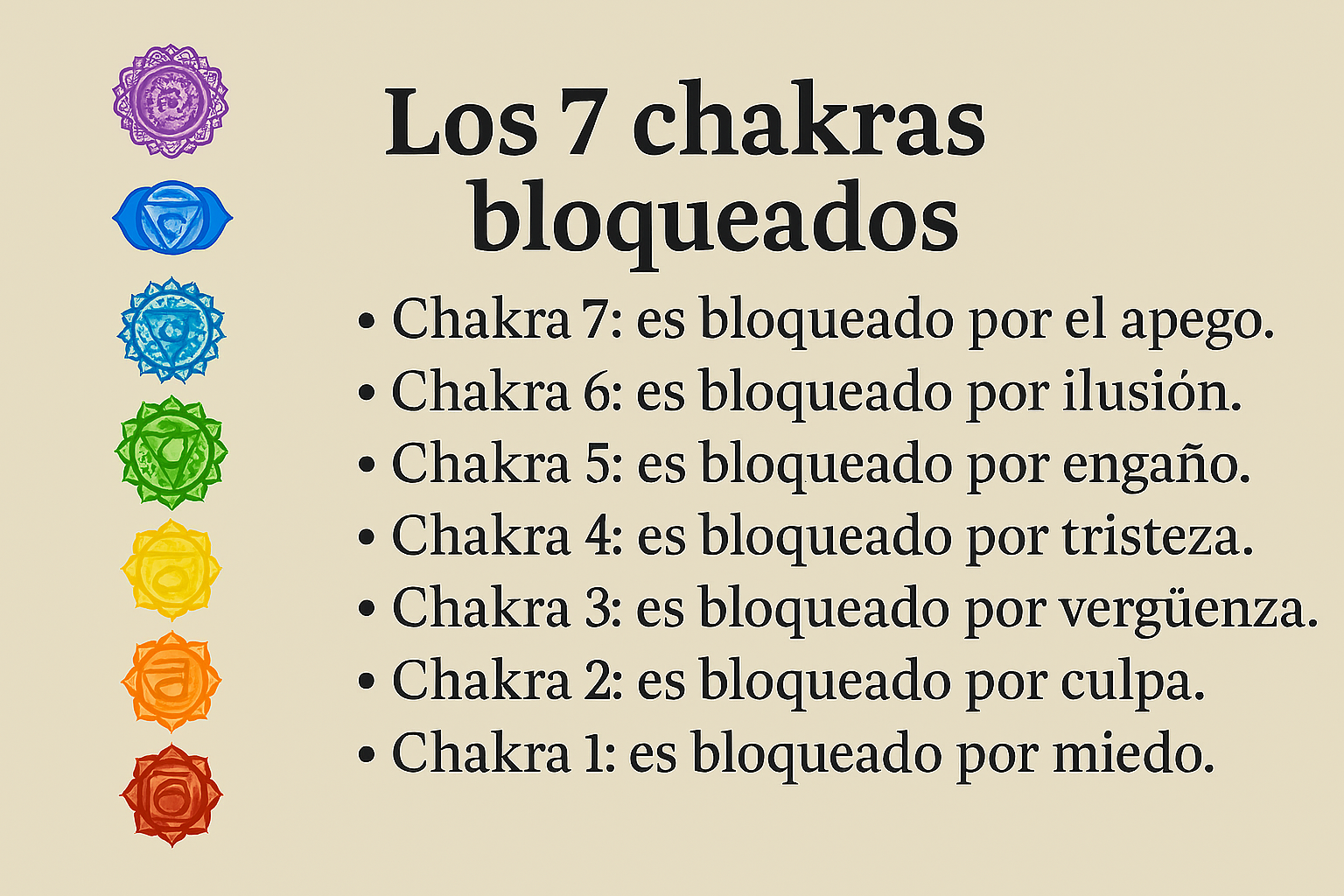
How to Overcome a Chakra Blockage
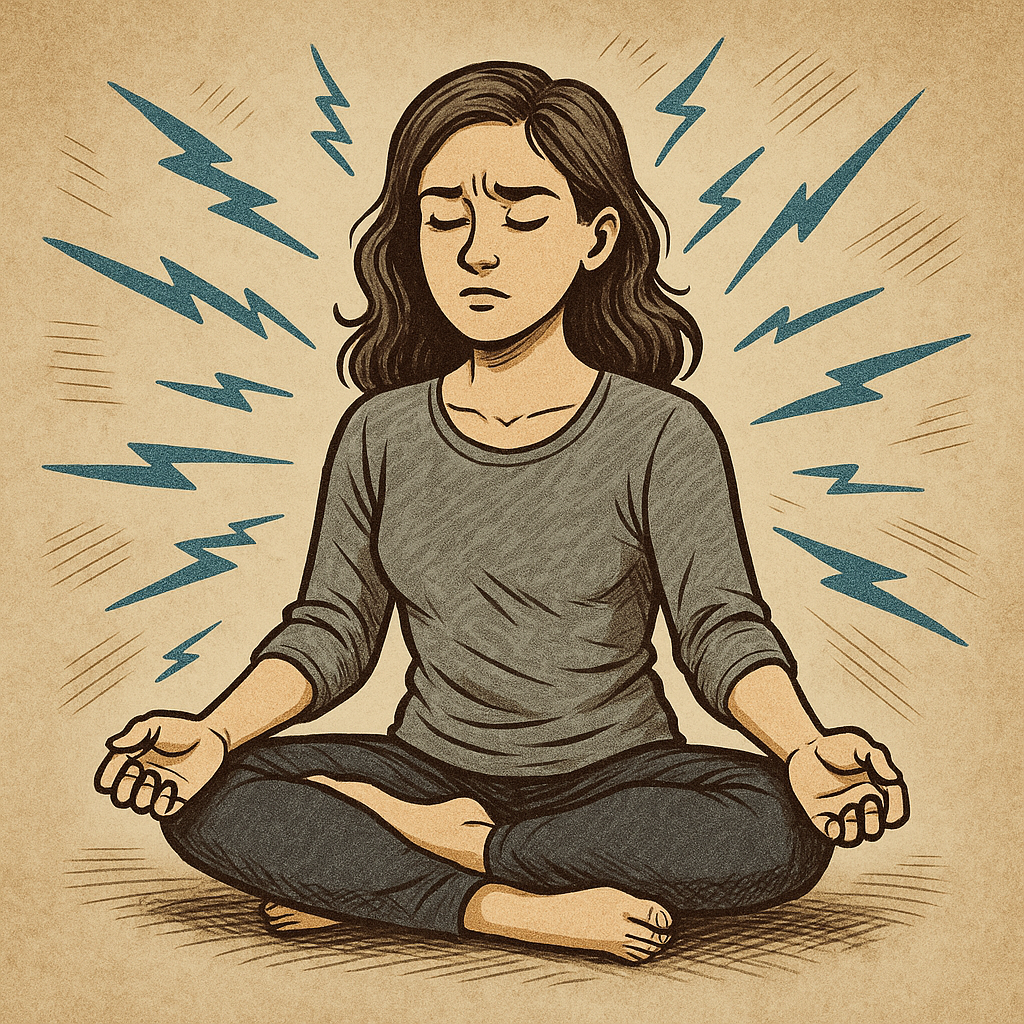
Traditionally, meditation is recommended to overcome life challenges that cause specific chakra blockages. In meditation, we use mindfulness to focus on emptiness. The key is not resisting the harmful mental influences of those blockages. As we “let go,” a paradoxical automatic alignment with the Self occurs, redirecting our vital energy.
The most complex part of achieving this «vital adjustment» is listening to the body and its energy centers, as we are so used to ignoring them that we’ve lost our sensory awareness.
Recognizing Your Vital Energy
When we are disconnected from our bodies, blocked energy manifests as pain, muscle tension, psychosomatic reactions, etc. The body needs to rebalance itself to survive and, if we don’t assist, it seeks its own homeostatic mechanisms.
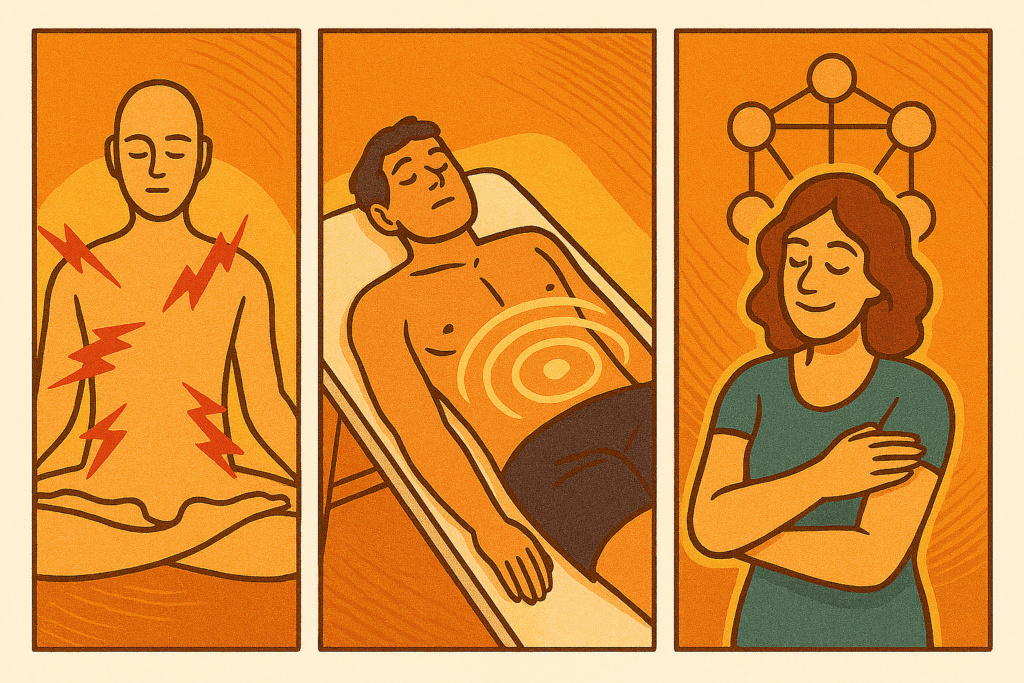
The body is the “vehicle” that houses our Being. Curiously, while we take our car for maintenance every few thousand kilometers, we rarely remember to give our body a «tune-up.» When was the last time you treated your body with care?
A healthy life involves tuning in to bodily needs and releasing blocked areas.
We now invite you to scan your body and feel which parts need attention…
How Can Kabbalah Help You Tune into Your Body?
The Kabbalistic model views the universe as a single body or entity, within which each human is a part. It’s more complex, actually—it’s also understood that each being contains the whole universe within themselves.
To clarify: imagine your house is upside down after an earthquake—floor where the ceiling was, windows in the walls. After the shock, you set out to put everything in order. Then you wonder if the previous order was even the best. What if each item had a “special” place? Maybe the chaos can help you redecorate… Kabbalah offers the key to understanding the composition of every object or being.
The Kabbalistic Tree of Life provides a sort of “decoding” that helps us understand cellular makeup. Some speak of a quantum wisdom that connects molecules with the whole. This is the philosophy that Kabbalah seeks to reveal.
In chakra philosophy, each energy center is attributed a quality. All centers contribute to a person’s well-being. In Kabbalah, instead of seven, there are ten energy centers, each associated with a body part:
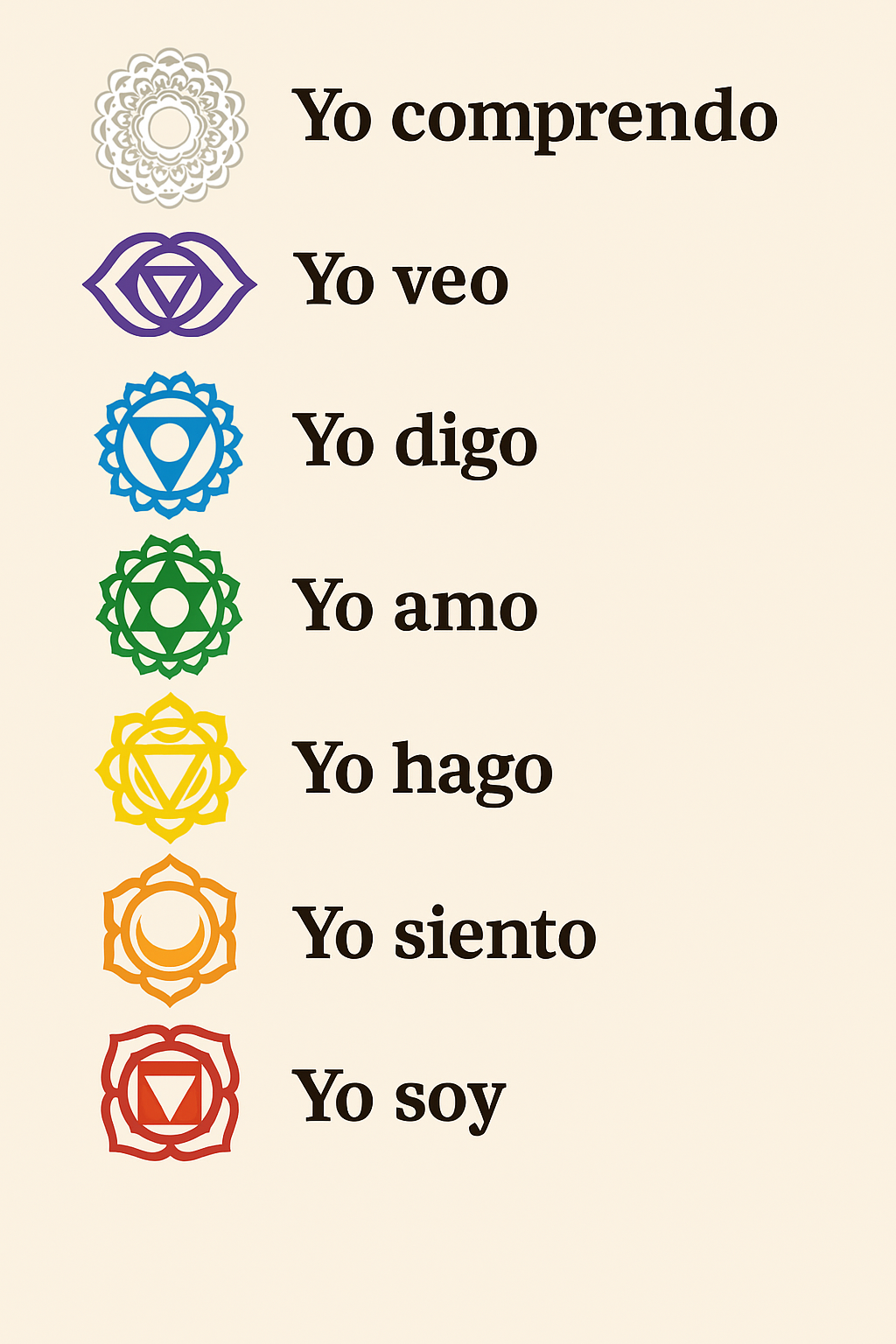
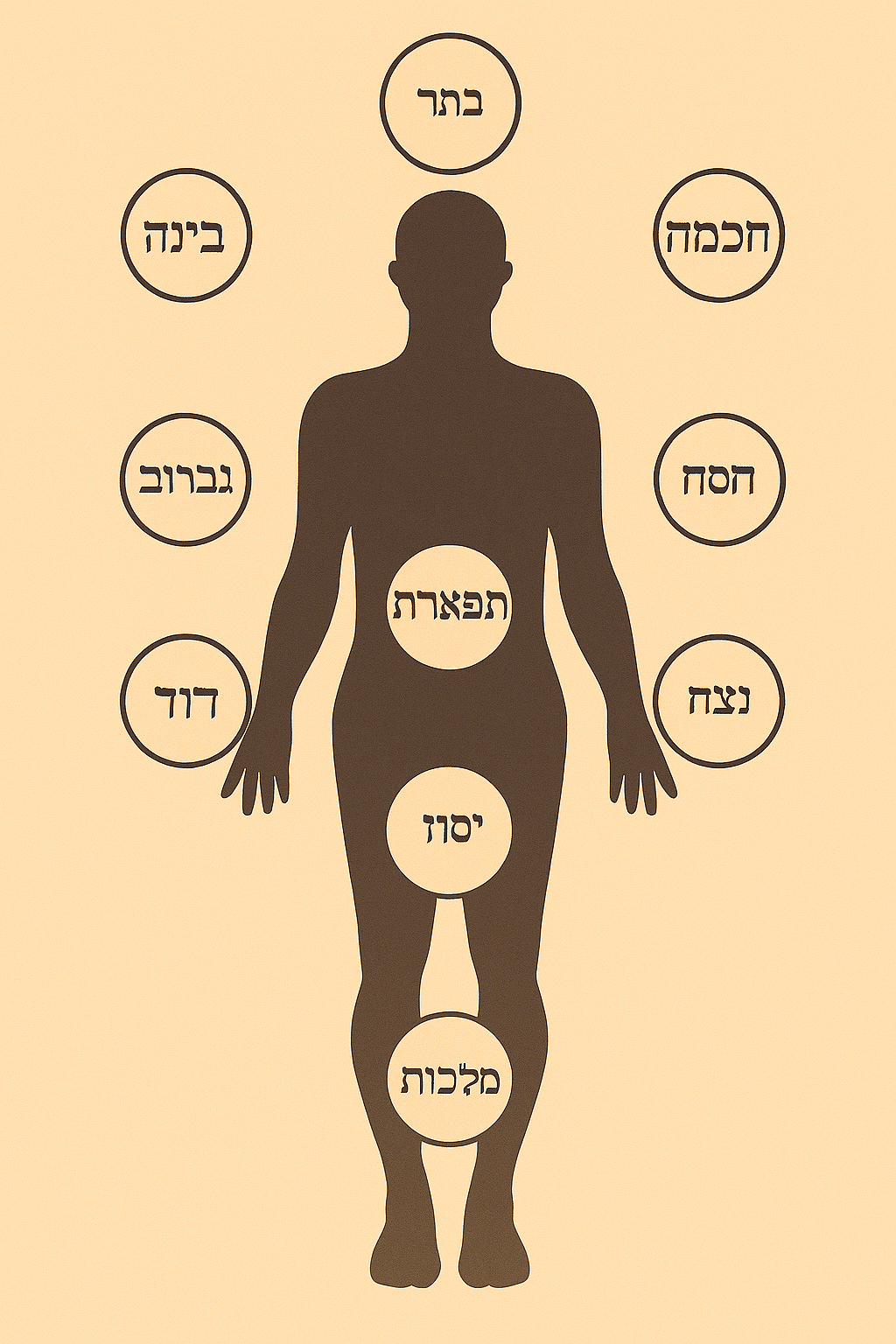
Diagram: The 7 Chakras and Their Qualities vs. The Location of the 10 Kabbalistic Spheres
Why does This Wine taste good?
Have you ever seen someone ask why a wine or a meal tastes good? Probably not. When something feels good, we enjoy it.
What we offer here is the opportunity to visualize the Kabbalistic approach to the 7 chakras or energy centers.
With the tool we’ve developed, you can detect which chakras are more naturally developed or, on the contrary, which ones have lower energy or are even blocked.
Verify it yourself through meditation or body scanning to see if you detect the blockages that the app indicates.
A chakra report will provide you with quantitative values of the 7 chakras according to your name and date of birth, using a graph where variations between each chakra (expressed in color) are shown.
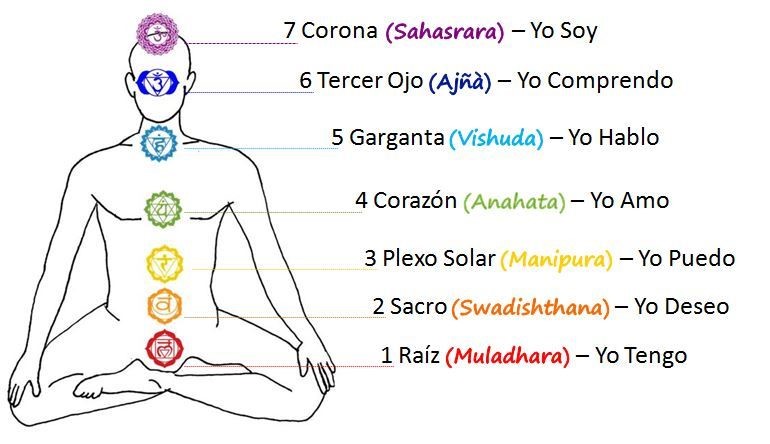
The 3 Levels of Evolutionary Development
As in Kabbalah with the spheres of energy, chakras can be grouped into three evolutionary planes: the first three chakras correspond to the personal plane; the last three to the spiritual plane; and in the middle is the fourth, the heart chakra, which acts as a bridge between both.
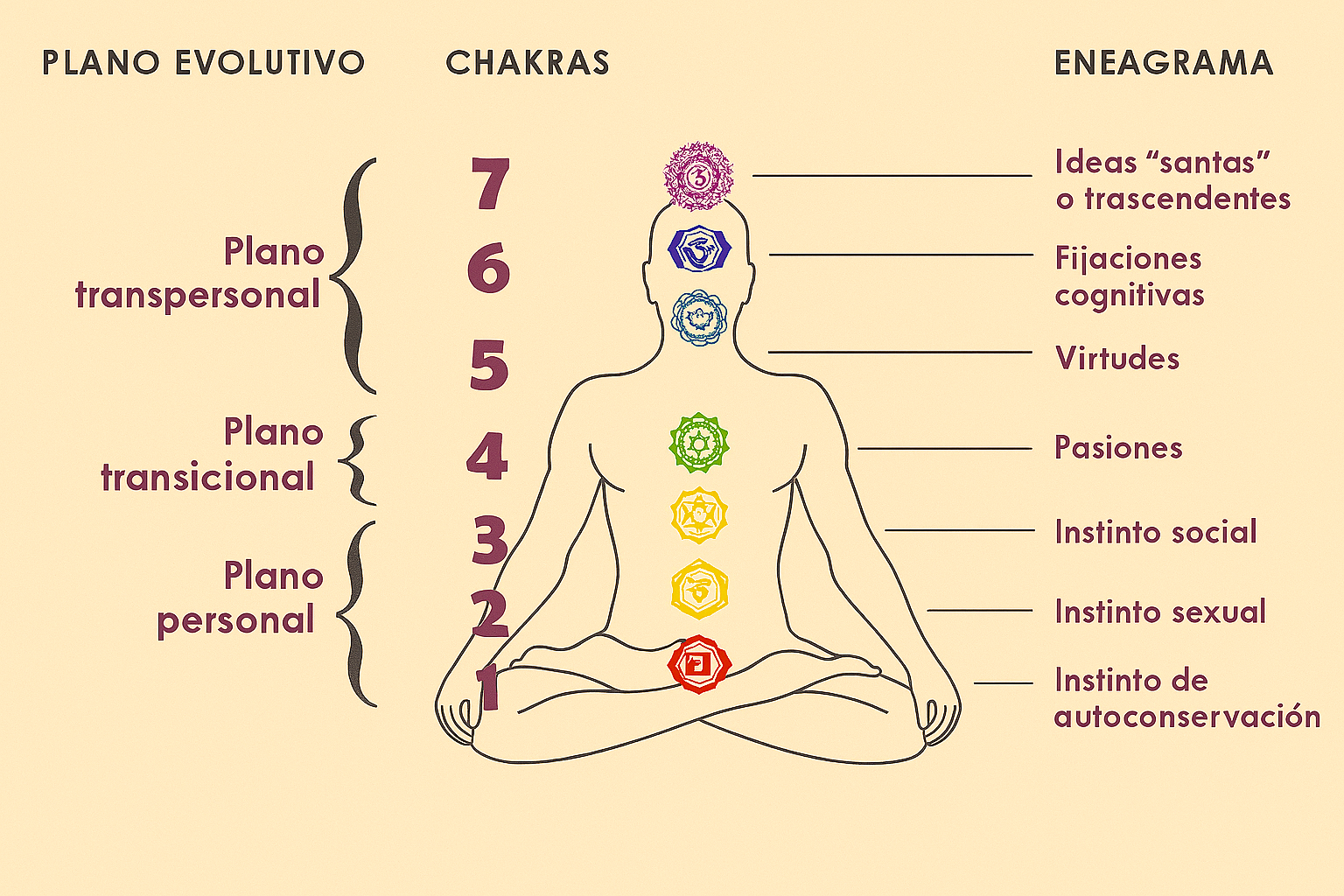
When the heart chakra is activated, it allows a true connection with “the other,” enabling transpersonal development through the authenticity of the Self. Let’s explore these three levels:
- The personal plane focuses on self-discovery and self-acceptance. It is the stage where our psychological structure and worldview form, helping shape our personality and individuality.
- The spiritual plane involves the abandonment of the ego or personality, letting go of our self-image. Ego, as the element of separation, creates the illusion of disconnection. The goal of this plane is to achieve a mystical consciousness that promotes unity with others. When we transcend our “illusion of self,” we connect with the Whole.
- The transpersonal plane, located in the heart chakra, acts as a bridge. It is where we overcome the personal plane (fear, shame, guilt) to reach loving acceptance of the true Self. Here we begin to de-emphasize ego and experience love for others. In the end, we are all made of the same “ingredients” in different proportions.
Self-knowledge through chakras helps us understand our personal evolutionary map and invites us to develop our full potential at all levels: personal, transpersonal, and spiritual.
El autoconocimiento a través de los chakras nos permite comprender el mapa evolutivo de cada cual, invitándonos a desarrollar toda la potencialidad en cada uno de los niveles: personal, transpersonal y espiritual.
CONCLUSION
We hope this journey through the chakras has helped you understand your personal energy. Knowing both systems, Kabbalah and Chakras, will help you integrate and flow with your vital energy. Ultimately, the only goal is to encourage a wiser, more loving, and less selfish attitude.
Understanding your personality type or style is just a first step in your evolution and potential development. We’ve mentioned self-observation and meditation as ways to expand inner freedom and escape the automatism of preconceived ideas. As we separate from our beliefs, we stop reacting and begin acting consciously. That’s why personal self-knowledge—knowing our instincts and how family patterns influence our actions—broadens our mental perspective to transcend the personal level. Unblocking the seven Chakras leads to greater balance in our energy structure and a more awakened and wise consciousness.
If you´d like information about workshops, an online consultation or the written reports we offer, please fill out this form. Any suggestion you might have, feel free to tell us: